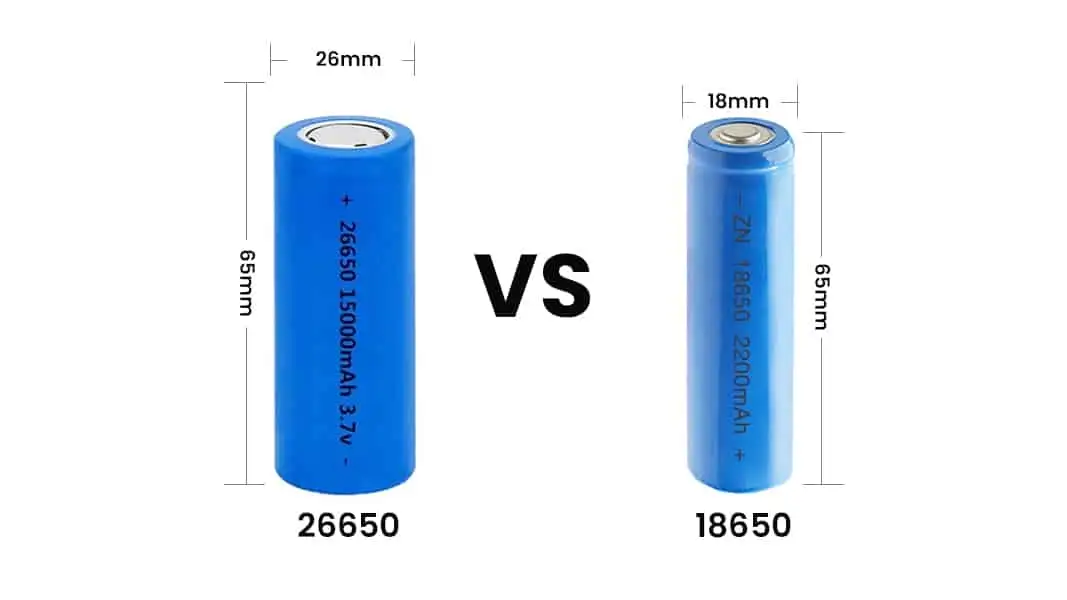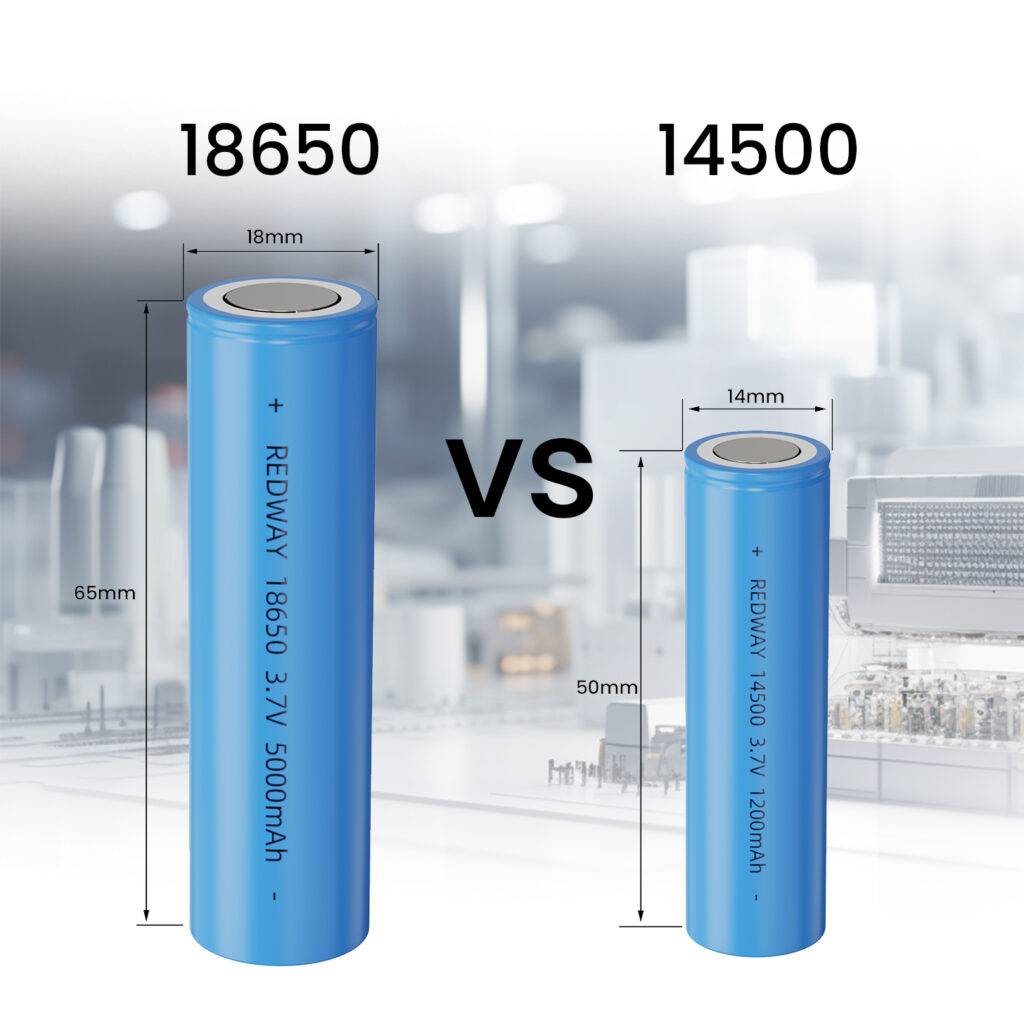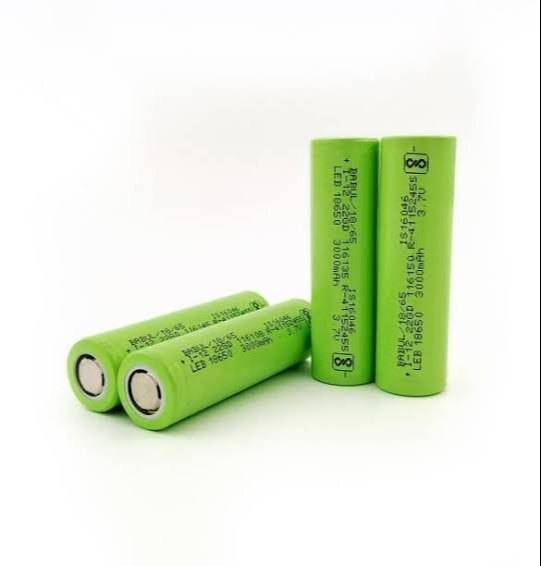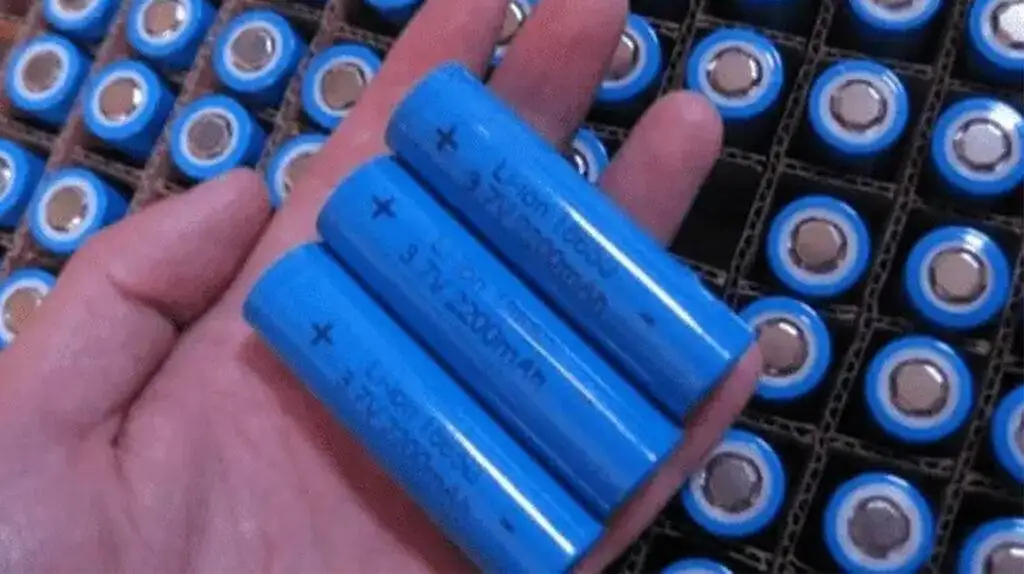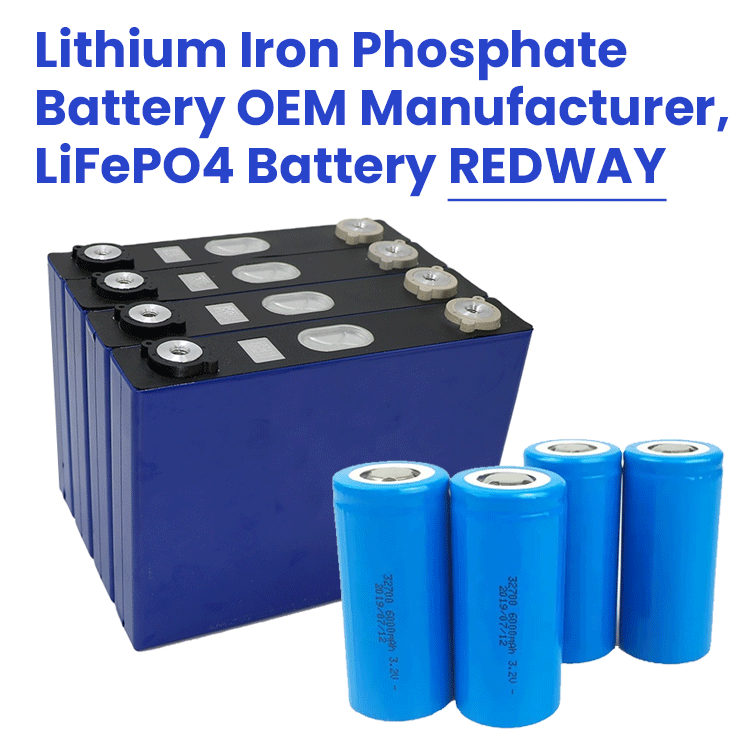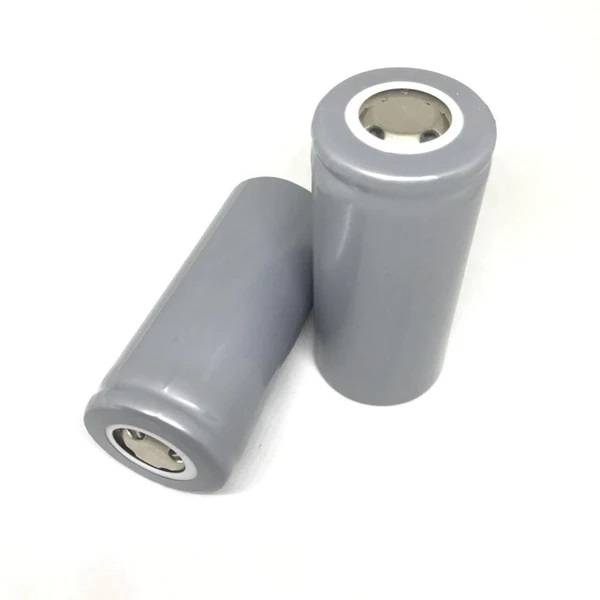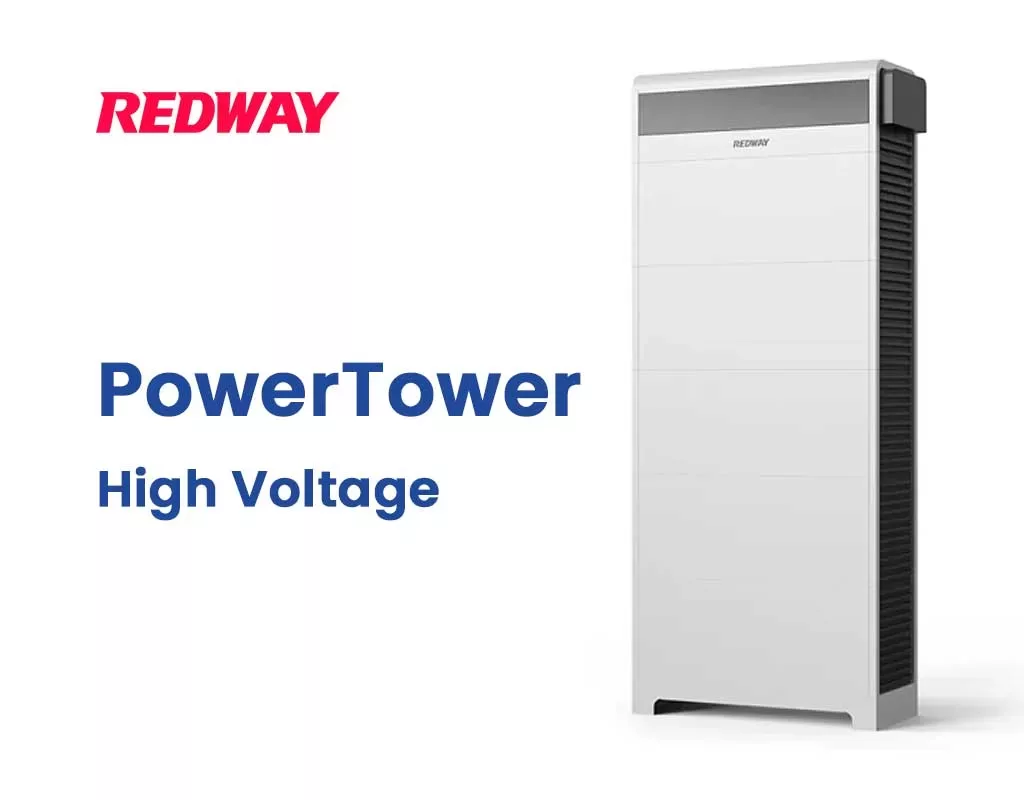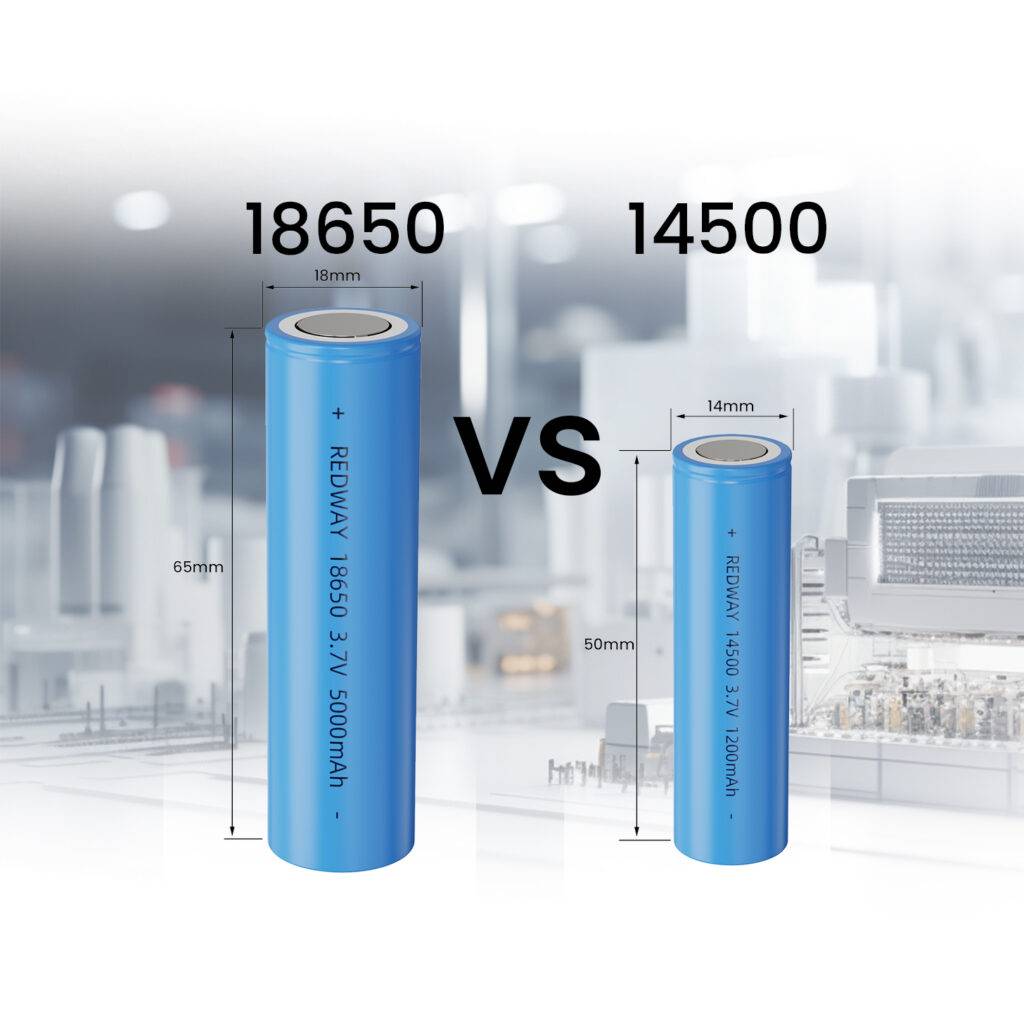Are you in the market for a new battery but feeling overwhelmed by all of the options? Don’t worry, you’re not alone. With so many batteries on the market, it can be tough to know which one is right for you. Two popular choices are 26650 and 18650 batteries, but what exactly sets them apart? In this blog post, we’ll dive into the differences between these two battery types and help you determine which one is best suited for your needs. So grab a snack, sit back, and let’s get started!
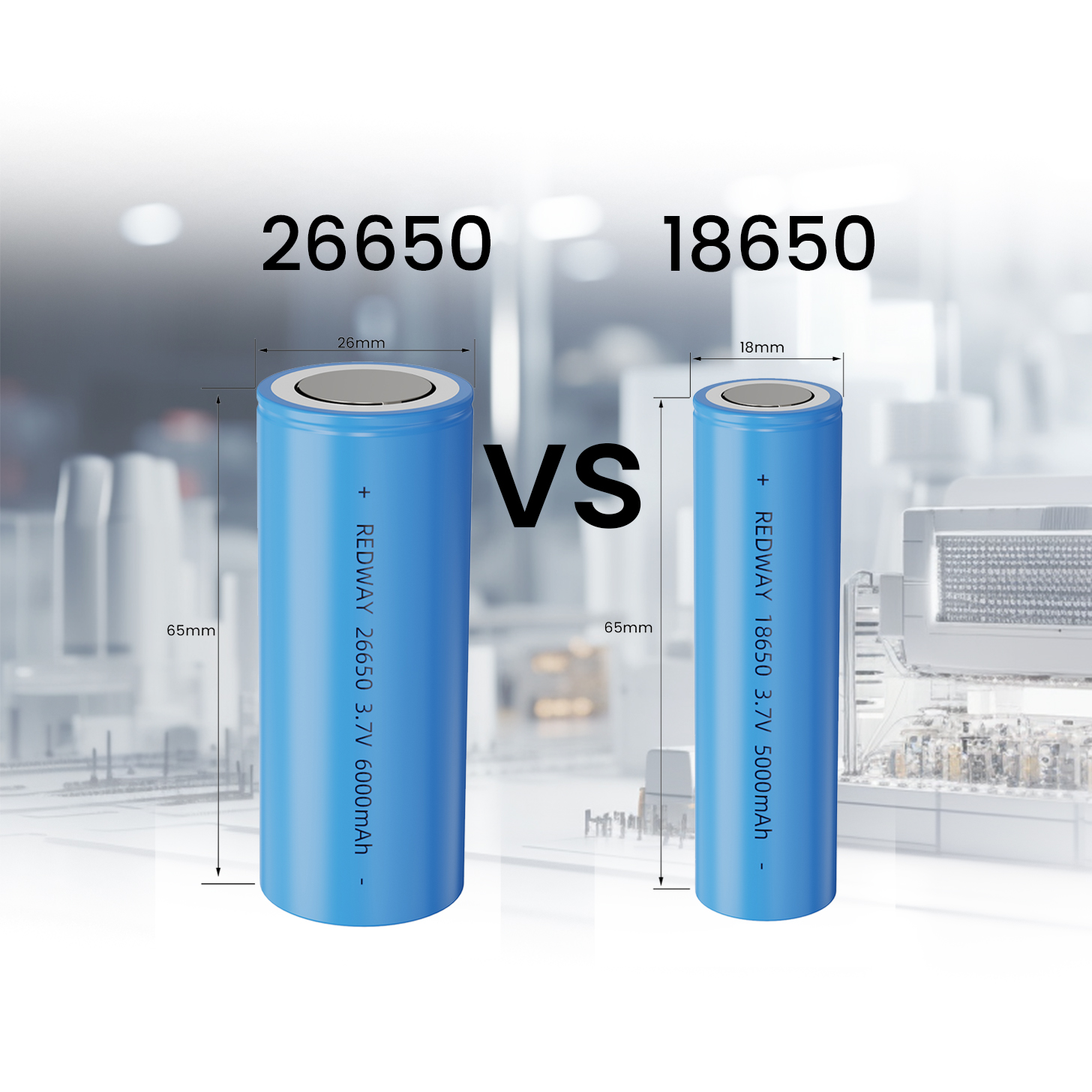
What is 26650 battery?
The 26650 battery is a large cylindrical rechargeable lithium-ion battery that was designed specifically for use in high-drain devices. It measures 26mm in diameter and 65mm in length, hence the name “26650”. These batteries are commonly used in flashlights, power tools, electric vehicles, and other similar applications where long-lasting power is essential.
One of the main advantages of the 26650 battery is its larger capacity compared to smaller cells like the popular 18650 battery. This means that it can store more energy and provide longer run times before needing to be recharged. Additionally, due to its larger size, it can withstand higher current draws without overheating or damaging itself.
The chemistry used in these batteries typically involves a combination of nickel-cobalt-aluminum (NCA) or nickel-manganese-cobalt (NMC). Both types offer good performance characteristics with high energy densities and excellent cycle life.
If you’re looking for a powerful yet reliable battery option for your high-drain device needs, then the 26650 may be worth considering.
What is 18650 battery?
An 18650 battery is a type of lithium-ion rechargeable battery that measures approximately 18 millimeters in diameter and 65 millimeters in length. It is named as such because of its dimensions, with the first two numbers representing the diameter while the last three represent the length.
These batteries are commonly used in electronic devices such as laptops, flashlights, power banks, and even electric vehicles. They offer high energy density and can provide long hours of use before needing to be recharged.
The chemistry behind an 18650 battery involves using lithium cobalt oxide as a cathode material and carbon-based graphite as an anode material. This combination provides a reliable source of power that can withstand multiple charge cycles without significant degradation.
Furthermore, these batteries are widely available in various capacities ranging from around 1000mAh to over 3500mAh depending on your needs. They also come with different discharge rates which determine how much current they can supply at any given time.
The popularity of the 18650 battery stems from their versatility and reliability when it comes to powering electronic devices. Although newer technologies have emerged since their introduction, they remain a go-to option for many users due to their proven track record over several years.
Difference between 26650 battery and 18650 battery
26650 and 18650 batteries are both commonly used in various devices that require rechargeable lithium-ion batteries. However, they differ significantly in several aspects.
Firstly, the size of the batteries is a notable difference. The 26650 battery is more massive compared to the smaller-sized 18650 battery. This means that it has a higher energy capacity than its counterpart.
Secondly, the voltage output of these two types of batteries also differs, with the 26650 battery having a slightly higher voltage output than an 18650 one.
Additionally, their intended uses may vary based on size and power needs. For instance, larger electronic gadgets such as electric cars or high-powered flashlights tend to use 26650 batteries because they can provide more extended run times due to their increased capacity and output.
On the other hand, smaller devices like e-cigarettes or portable chargers use smaller-sized 18650 cells since they do not need much power as their counterparts.
While both types share some similarities in terms of charge cycle life span and discharge rate capabilities; there are significant differences between them concerning size, energy capacities and suitable applications where each excels over another depending on user’s requirement for usage..
Which battery is better? 26650 battey or 18650 battery?
When it comes to choosing between a 26650 battery and an 18650 battery, there is no one clear winner. Both batteries have their own advantages and disadvantages depending on your specific needs.
26650 batteries are known for their larger size, which allows for a higher capacity and longer runtime compared to the smaller 18650 batteries. This makes them ideal for high-drain devices that require sustained power over long periods of time. Additionally, they tend to have better performance in extreme temperatures due to their thicker construction.
On the other hand, 18650 batteries are more widely used and readily available in the market with various brand options. They can still deliver impressive capacity despite being smaller than the 26650s. They also offer better portability as they easily fit into most devices without requiring any modifications.
It’s important to consider your specific needs before deciding which battery is best suited for you. If you need long-lasting power supply or working on high-drain devices then opt-in for a larger sized battery like 26650 while if mobility is key then go with an easily portable option like the popular 18650s
Can I use 26650 battery and 18650 battery together?
If you’re wondering if you can use a 26650 battery and an 18650 battery together, the answer is no. These two types of batteries have different sizes, voltages, and capacities. Mixing them up could damage your device or cause serious safety hazards.
The 18650 battery is smaller in size than the 26650 battery, measuring about 18mm in diameter and 65mm in length while the latter measures around 26mm in diameter and 65 mm to 70 mm long. This means that they are not interchangeable as their physical dimensions vary greatly.
In terms of voltage, most devices are designed to work with specific voltage ranges which may vary depending on the type of device we want to power up. Therefore mixing these batteries might lead to overvoltage or undervoltage issues that could be detrimental for both our gadget’s performance as well as its lifespan.
Both batteries also differ when it comes to capacity; an average high-quality lithium-ion cell has a nominal voltage range between 3V-4.2V but a capacity ranging from anywhere between roughly ~1000mAh – ~4000mAh per cell according to individual brand specifications; this makes each suitable for use based upon user requirements such as how long it lasts before needing recharging etc..
Therefore, if you need more run time or higher output for your device then go with a larger sized/higher-capacity type like the one typically found on vaping mods (or similar devices) – i.e., consider using either solely one of these types rather than mixing them together!
Are 26650 lithium batteries better than 18650 batteries?
After comparing the features and performance of both 26650 and 18650 batteries, it can be concluded that neither one is better than the other. Both batteries have their strengths and weaknesses, making them suitable for different applications.
If you need a battery with higher capacity, longer lifespan, and more power output, then go for the 26650 lithium battery. On the other hand, if you want a smaller size battery with good performance in terms of energy density and durability then choose an 18650 lithium battery.
Ultimately, your choice will depend on your specific needs regarding power consumption demands, device compatibility as well as personal preferences such as size or price. It’s essential to research properly before making any purchase decision so that you get the most out of your investment.

